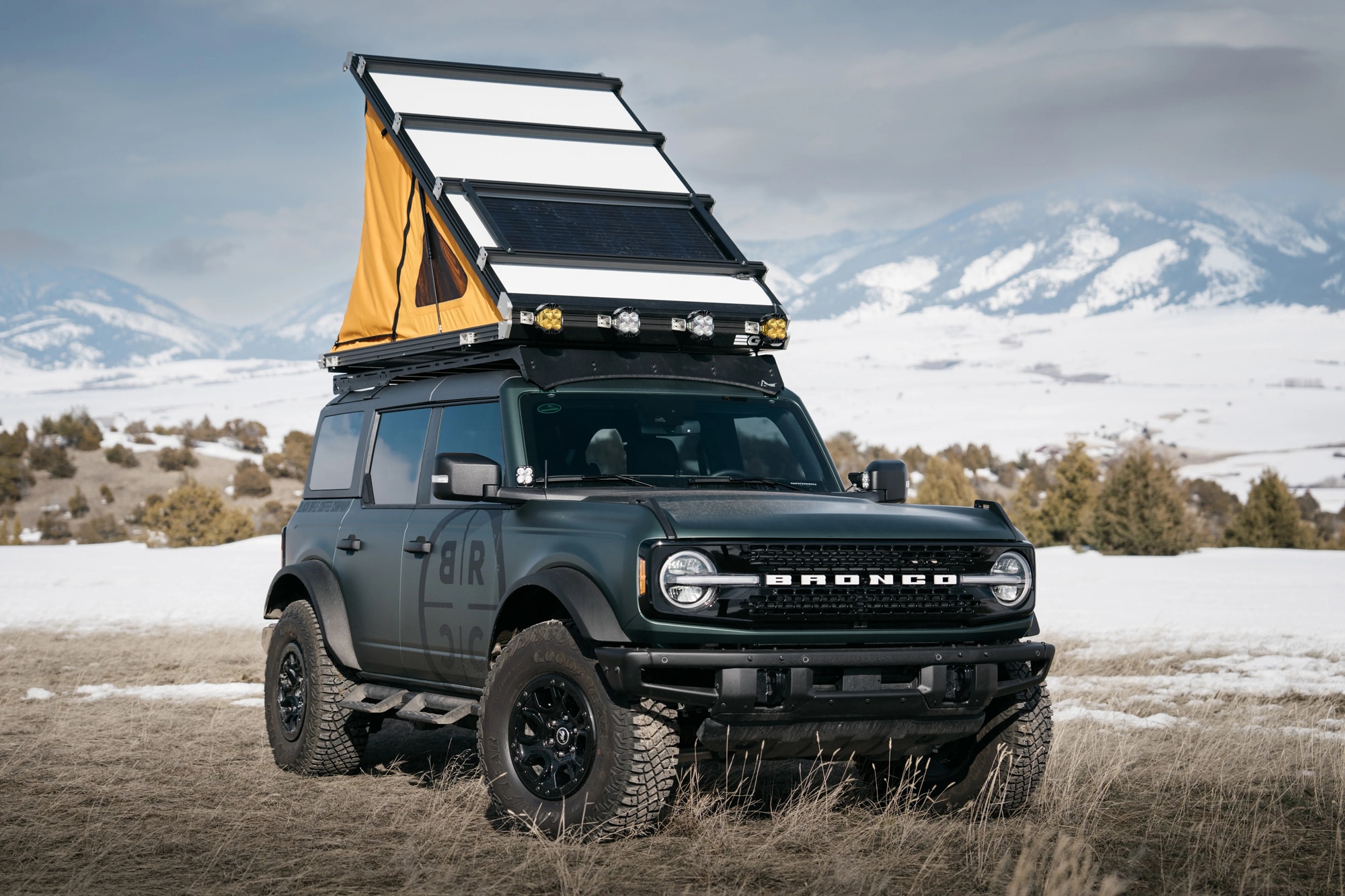What To Look for When Buying a Rooftop Tent
There are a few features to consider before you invest in this camping essential.
 Go Fast Campers
Go Fast Campers
Article QuickTakes:
Camping might be fun, but it can also mean dirty and uncomfortable nights on the ground in a tent. If you're looking to get a better night's sleep while out in the wilderness, consider a rooftop tent. Attached to the top of your car or truck, these tents get you off the ground, offer plenty of space, and are designed to enable a comfortable snooze no matter where you are.
Weight Watchers
Before you buy a rooftop tent, you'll need to determine how much weight your car can handle. The dynamic weight rating refers to how much your car's roof can handle while it's moving. You'll want to make sure the weight of your tent is less than your vehicle's dynamic load rating. If you know you'll be going off-road, it's best to be conservative here. Rough roads can rattle parts apart. The static weight rating is how many pounds your roof can handle when it's parked. Here you're comparing the weight of the tent plus its occupants. Both these weight ratings can usually be found in your vehicle's manual.
You'll need a roof rack to install your rooftop tent, and it's important to install a rack or rails that can handle the weight. Most factory systems aren't robust enough. You can install a roof rack even if your car has a sunroof, but it must have some kind of factory mounting points.
Hard or Soft Shell
There are two kinds of rooftop tents: hard shell and soft shell. Soft shell tents are more common, in part because they're more affordable and usually bigger, with the ability to sleep up to six people. They can also come with drop-down walls that reach the ground and form a little room under the tent for added space.
To set it up, all you have to do is remove the cover and unfold the tent. You'll have to put together the struts for any kind of awning your tent might have. Part of the tent is supported by your car's roof, the other part is supported by the telescoping ladder. With a mattress generally already installed, you should be able to set up your soft-shell fold-out tent in less than 10 minutes, a bit longer if you set up the ground annex area.
A hard-shell tent is better at withstanding inclement weather while in transit thanks to its sturdy construction materials. You can also add cargo on top of the hard-shell tent during transport, assuming your car's dynamic weight rating can handle it. A hard-shell tent is secured by a few latches, so all you need to do is flip them open. If you're looking for a quick setup, a hard-shell tent is much faster than a soft-shell. Hard-shell tents might pop up into a square shape or a wedge, and they generally have a mattress included. Access is via a telescoping ladder.
Which Is Right for You?
Your budget might be the deciding factor in which rooftop tent to purchase. The



